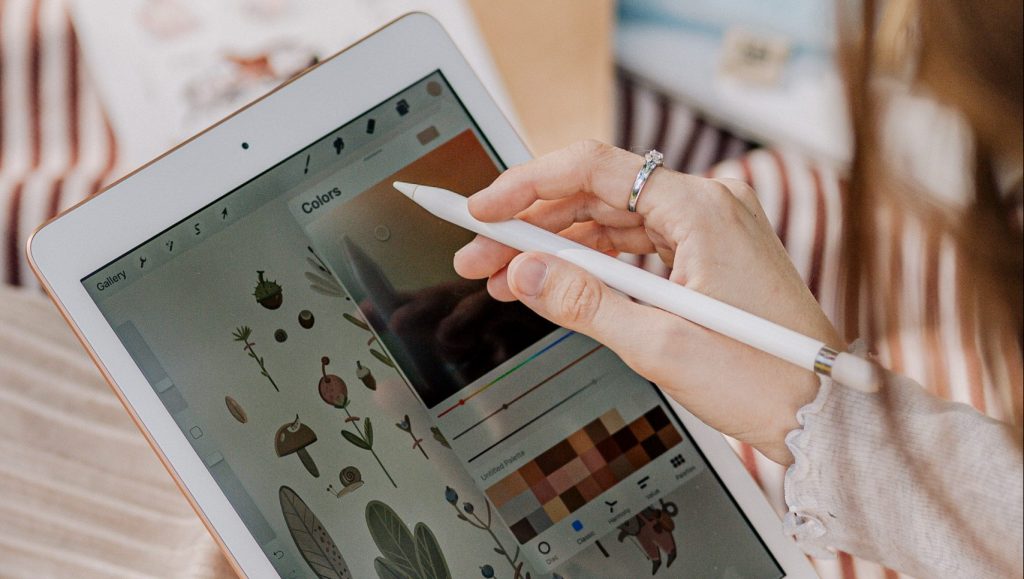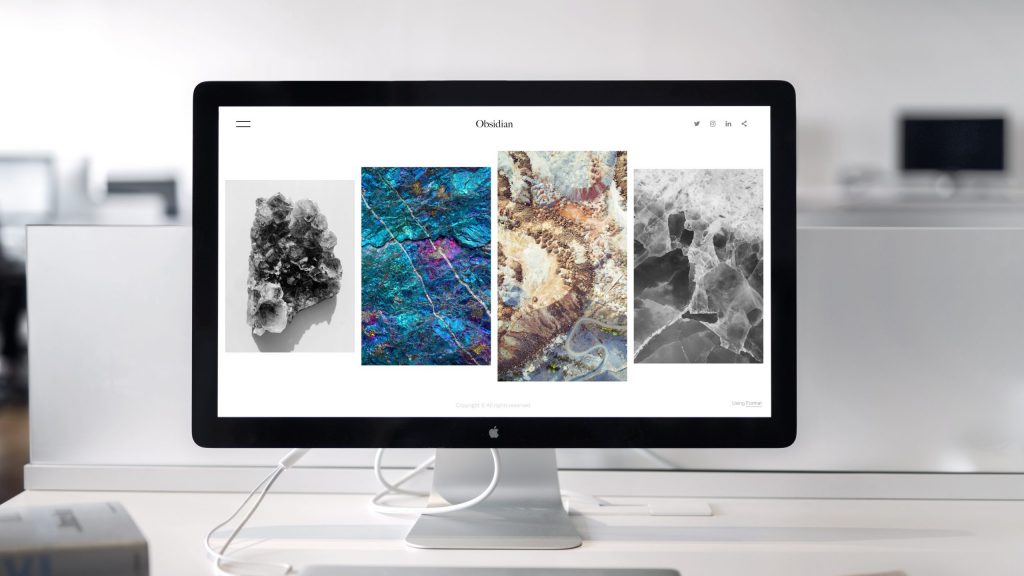When to Redesign Your SaaS UX/UI: 5 Warning Signs to Watch For
In a competitive SaaS landscape, just one misstep can cost you users. Bad UX/UI design is all it takes to send your users running to the competition....

User interface (UI) design is an important part of your website or app’s user experience (UX). UI focuses primarily on the aesthetic elements of a website or app. However, it’s more than just cool buttons and great-looking design elements—UI is the face of your product and can define the overall UX.
As with anything, UI design trends can change frequently, and it can be hard to keep up! But designers must adjust to these changes to not get left behind. Since your UI design is what your users interact with, they might not stay long if it’s not up-to-date.
Most industry experts suggest updating your UI design every 3-5 years. If you’re confused about whether or not it’s time to update your specific website or mobile app’s UI, we’ve put together a guide for how often you should change your user interface.
What is a UI Update?
UI updates are opportunities for designers and app developers to revitalize how people interact with their app or site, address any discovered issues, and explore new design elements to enhance their platform.
With the ever-changing landscape of UI and UX design, it’s important to stay up to date on user preferences and take time to experiment with potential issues not immediately apparent or noticeable in your UI.
Your app or website must never remain static. Features will inevitably need to be added, removed, or changed over time. In fact, the product itself may even change based on feedback or user behavior.
One thing that’s important to remember is that any significant change in your UI design will impact your users, and it may affect users differently.
At the end of the day, it’s impossible to keep everyone happy, but you don’t want to risk losing your loyal user base with unnecessary or confusing changes. Therefore, it’s essential that any changes you make to your UI design have a defined purpose and remain consistent with your brand.

When you released the first version of your app or website, your user needs may have been different than they are now. If that’s the case, there’s no need to worry—it’s totally par for the course with any technology. However, understanding HOW those needs change over time and WHY they did will help you update your UI design and keep your audience engaged as they grow or shift.
What was once an important part of your app may no longer be as important or exciting to new users. A simple UI update may do the trick. However, if the needs of your users change too much, you may want to consider rebuilding the app entirely to adjust.
The technology you used to create your app or website may have evolved since you first built it. New technologies can make some design choices you made before impossible. In other cases, you may want to rebuild your app to take advantage of great new technology or improvements.
One example? Cell phones. They are far more powerful now than ever before and can do a lot more (and at a much faster speed) than previous models. That means your app may need to be redesigned to take advantage of this boost in performance. Otherwise, it may run slowly and impact your user experience.
User tastes evolve over time, so you may need to adjust your UI with this in mind. It also helps if you keep an eye on other apps and websites. Trends come and go, so don’t feel the need to change with every passing fad. However, take note of the trends that have staying power and improve your UX. Those are the ones you’ll want to get on board with.
Speaking of trends, in your desire to have a cutting-edge UI, you must not forget the needs of your users. The purpose of having a UI is to connect with users and deliver value to them. Therefore, it makes sense that trends and design choices should be driven by your user needs.
When you make changes, it’s important to ensure that the new UI works with existing customization. Not taking your current audience and systems into account may cost you all of your old users. This could be a catastrophic problem you may not recover from.
If you do find yourself needing to make a major change that could alienate current or loyal users, make sure it’s necessary before you do it. This can happen when technology changes either make the old version of your app unusable or make it possible to redesign your app to provide a much better user experience. Just make sure you do your research ahead of time to make the right decision.
Learn more: UI vs. UX: What’s the Difference

As new technologies become available, others become outdated. This can be hard to swallow, but you must adapt! If your UI is slowing down your users, they will abandon your app or website. Point blank. You don’t want this—so a new UI that runs on better technology will help.
You may have noticed that your app or website has been losing users for some time. You might feel like you’ve tried everything. Maybe you’ve tried updating the UI, but you’re not sure if those changes are helping to make progress. It might be time for a UX/UI design consult—or even a total redesign.
Because technology is improving daily, your UI design must also evolve with it. As we mentioned before, the industry standard is to update your UI design every 3-5 years, so don’t put off changes when you know it’s time to make them. We know change is hard—but some risk comes with great reward!
If it’s been a while since you have revisited your UI, or if you’ve tried a few minor improvements and nothing has worked, it might be time for a total redesign. A full UI redesign takes a lot of effort, but it will allow you to remain relevant and competitive. This should give you some extra room to improve the user experience.
We are here to help you with any questions you have about creating or updating UI for websites, apps, and software!
Explore Designli's UX/UI Design Services →
You might also like:
Subscribe to our newsletter.
.jpg)
In a competitive SaaS landscape, just one misstep can cost you users. Bad UX/UI design is all it takes to send your users running to the competition....

It seems as if the terms user interface and user experience pop up together more than they do apart, which makes it easy for many to assume they’re...

So you’ve built a beautiful app, congratulations! But great design only goes so far. If you don’t have a strategy to monetize your app, it’s hard to...
Post
Share